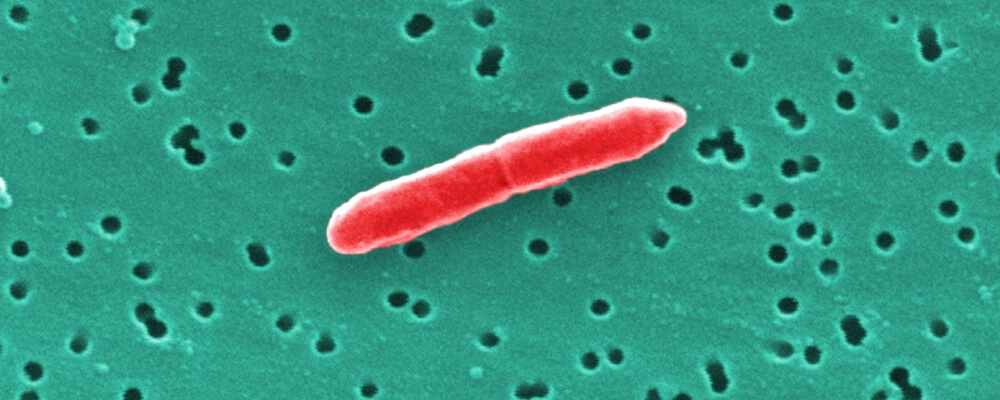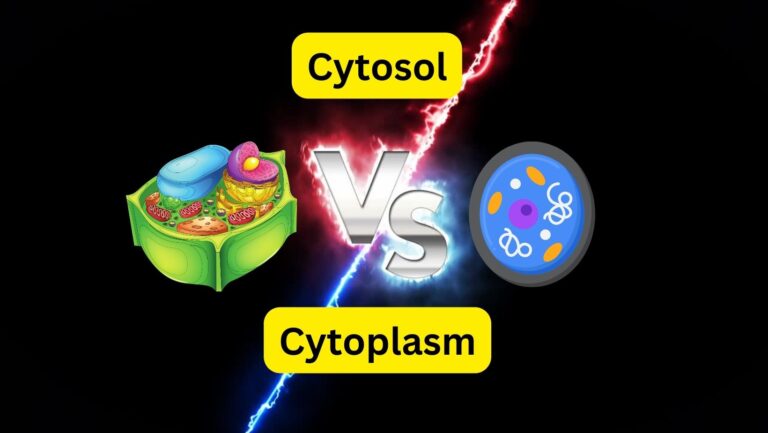
Many terms from biology have been studied, which has helped us to understand various parts of the body. Biology includes the reproductive system, nervous system and nervous system. The cell wall and the cell membrane are two of the most fascinating topics in biology. What is the difference between cell wall and cell membrane? These terms can be distinguished from one another, but let’s first look at the primary meanings of the terms.
Cell Wall
The cell wall is the outer layer of cells in fungi or plants. The cell wall is basically the outer layer of cells of bacteria, yeast, and plants. This wall is essential for plants to be supported and strengthened. This cell wall is designed to prevent particles from entering plants and causing damage. Cell wall protects plants. Cellulose is the main component of this wall. The cell wall is composed of three layers: the primary cell wall and secondary cell walls, as well as lamella.
Cell Membrane
The cell membrane is the barrier that separates the cells of plants and other organisms from the outside environment. This membrane is responsible to carry out materials within and outside of the cell. Cell membranes are composed of proteins and fatty acid. A cell membrane serves as a shield from the outside environment. It also plays a role in various processes, such as secretion and absorption of different materials. Semi-permeable cells are different from cell walls. The plasma membrane is also known as the cell membrane.
What is the Difference between Cell Wall and Cell Membrane
Let’s now discuss the differences between a cell wall and a cell membrane. There are many important functions that the cell wall performs. The cell wall’s main function is to provide strength and protection for the cell. It also shapes the cell, allowing it to retain a specific shape.
Cell wall protection can also protect against pathogens trying to infiltrate or attack cells. The structure of a cell walls allows small molecules to pass through it. The cell doesn’t allow larger molecules to pass through because they could cause damage to the cell.
Cell wall components in plants include cellulose, which results in the formation long fibers that provide rigidity. The porous polysaccharide, peptidoglycan is the main component of bacteria’s cell walls. However, chitin is the predominant component of fungi cells. Algae cells have a variety of cell walls.
The cell membrane’s main function is to give the cell structure and regulate the entry and exit of materials. It allows certain materials to cross, but denies others. The cell membrane allows only certain molecules to enter and exit.
A phospholipid bilayer is a component of the cell membrane. Additionally, phospholipids can be described as lipid molecules that are formed from two fatty acids tails and one phosphate group head. The most important thing is that phospholipid molecules have the ability to form a double-layered membrane.






